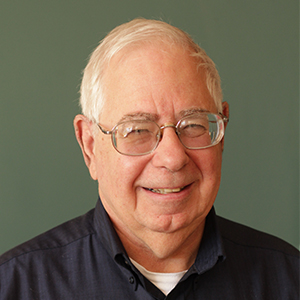Dr. Larry Wasserman
Astronomer

Planetary Science
PhD Cornell University, 1973
Dr. Wasserman is the longest-tenured astronomer at Lowell Observatory, having begun working here in September 1974. As a graduate student at Cornell he worked with Dr. Carl Sagan, who was formally his thesis advisor, though he worked more closely with Dr. Joe Veverka and others.
Beginning in 1998, Dr. Wasserman was part of a team of astronomers that conducted the Deep Ecliptic Survey, a systematic search of the Kuiper belt, a large area beyond Neptune that is populated with tens of thousands of so-called Kuiper belt objects (KBOs). The team worked to learn about the structure, dimension and characteristics of this little-known area of the solar system. In seven years, they found about 500 KBOs using telescopes at Kitt Peak National Observatory near Tucson and Cerro Tololo Inter-American Observatory in Chile.
Dr. Wasserman is using the Lowell Discovery Telescope to refine the current orbits of as many KBOs as possible. These objects have very long orbital periods (hundreds of years) but many of them have been observed for only a relatively short time (10 years or less). As a result, their orbits are not well known which makes it difficult to find these objects for further research purposes. He is also working with Dr. Nick Moskovitz on the Astorb data base. He maintains and updates the orbit file for all the asteroids (currently about 1,100,000 objects).
Dr. Wasserman has written most of the software that runs Lowell’s telescopes, and created programs that allow the telescopes to track moving objects. His software has also been used by Lowell astronomers to determine asteroid and cometary orbits.
Dr. Wasserman has traveled the world to chase occultations and in so doing co-discovered the rings of Uranus and the atmosphere of Pluto.